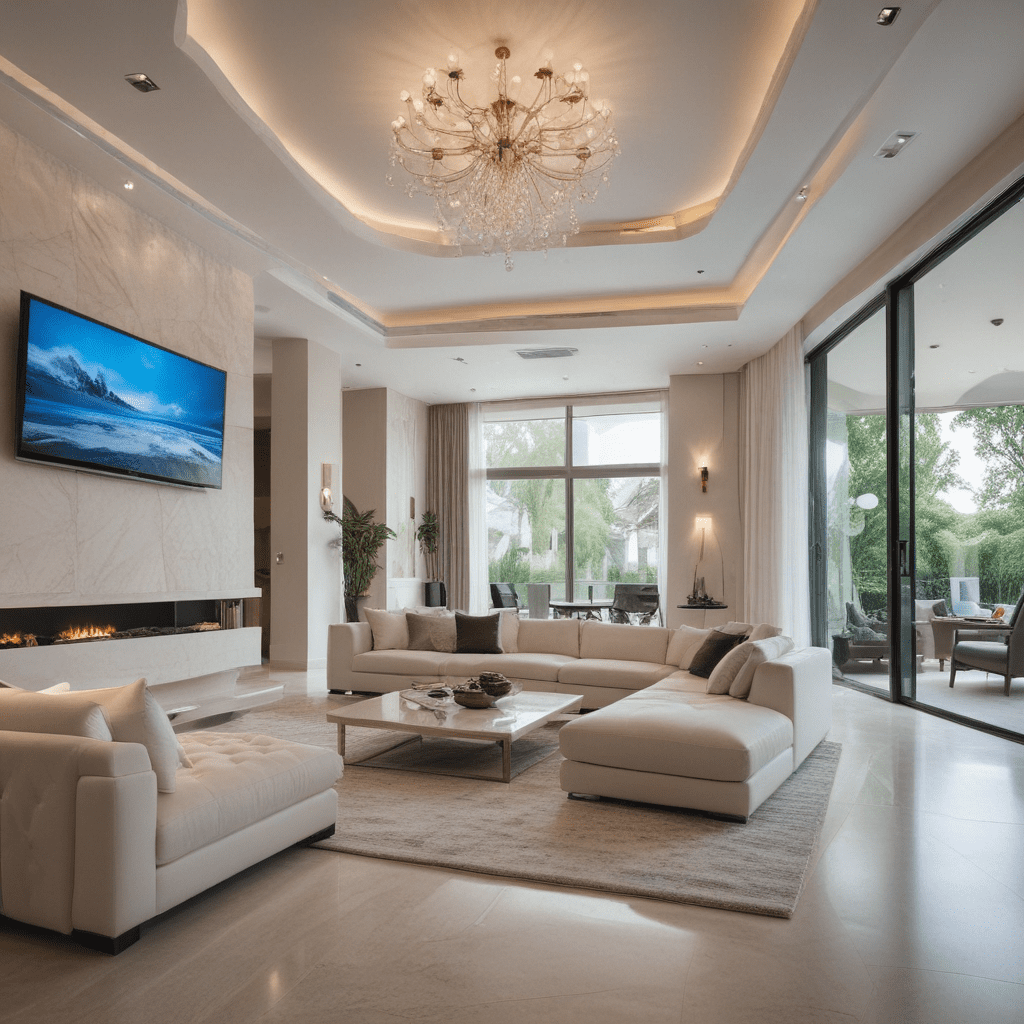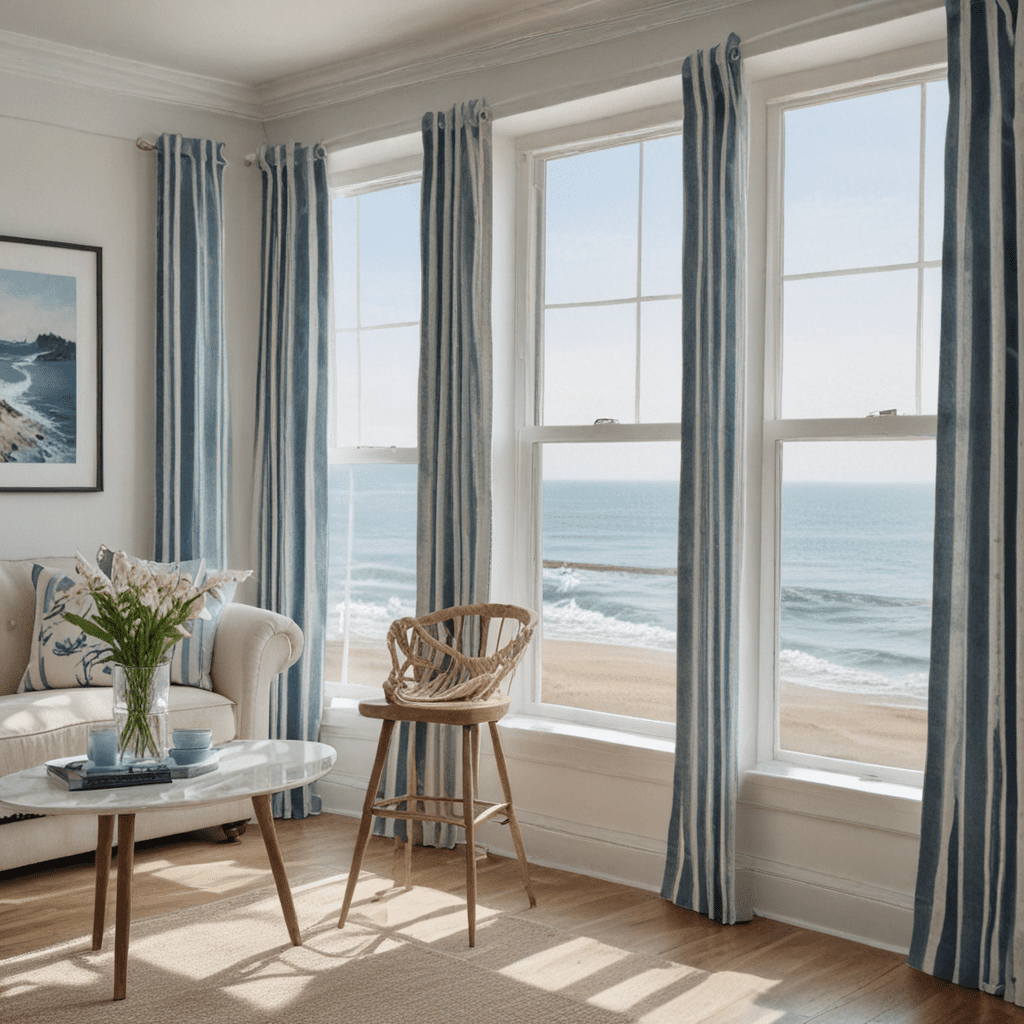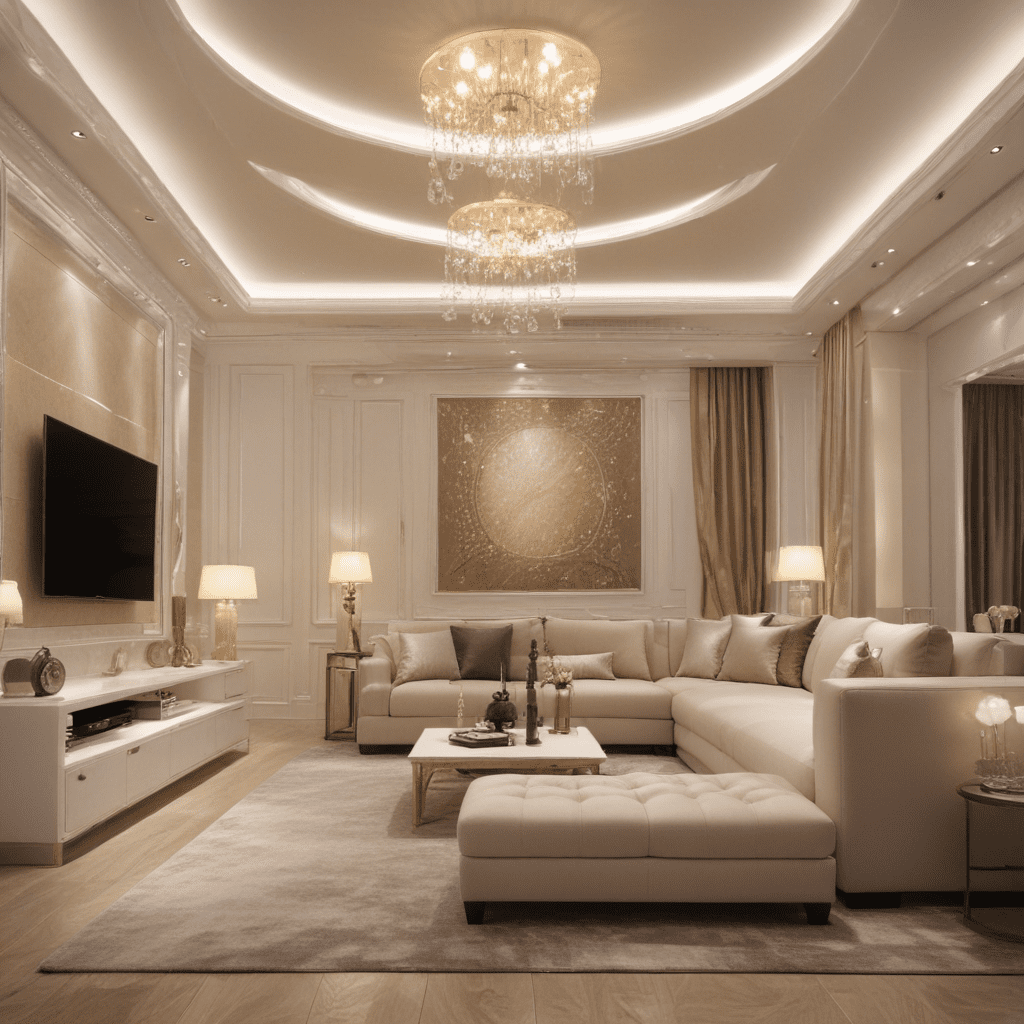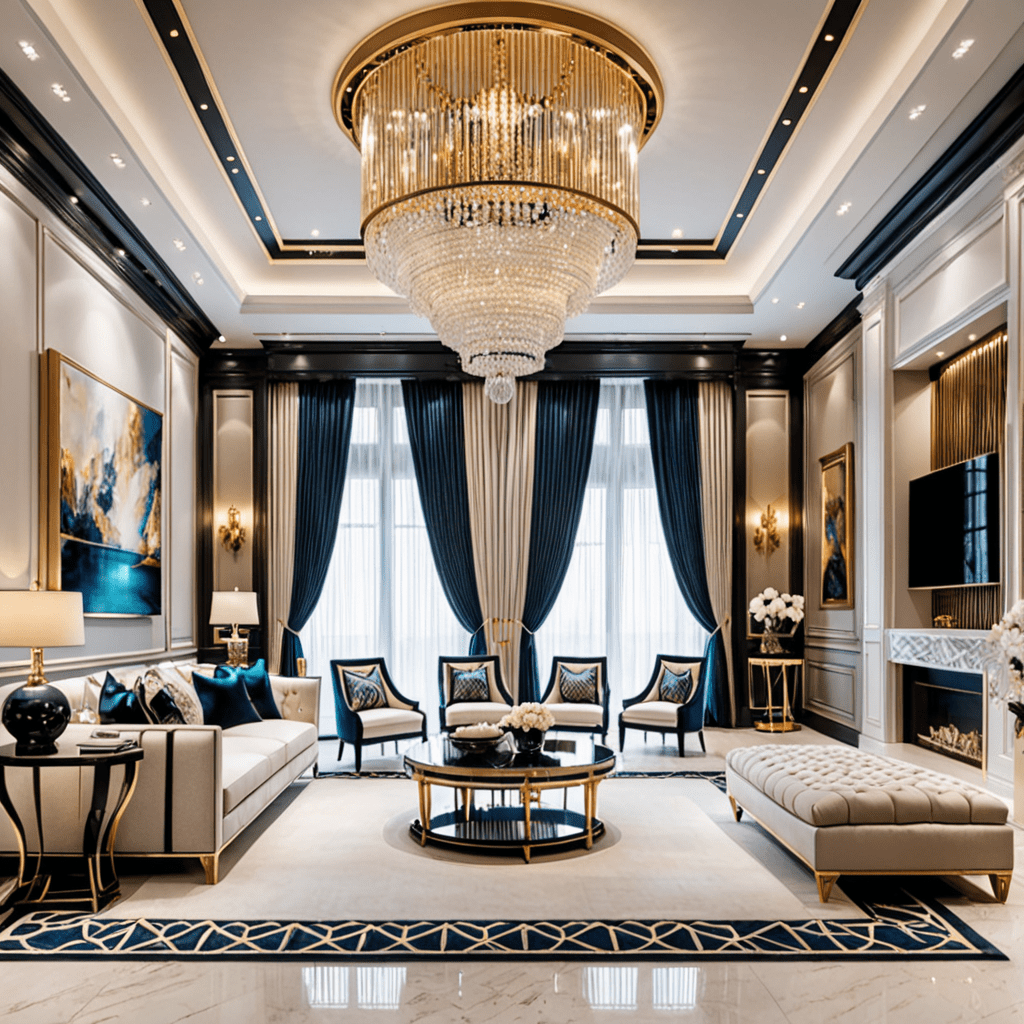Ceiling Beam Features: What to Look for When Choosing
Introduction to Ceiling Beam Features
Ceiling beam features play a significant role in interior design, adding both functionality and aesthetic appeal to a space. These architectural elements can transform a plain ceiling into a stunning focal point, creating a cozy and visually appealing living environment. Whether you’re renovating your home or working on a new construction project, understanding the key elements of ceiling beam features is crucial to achieving the desired look and feel. In this article, we will explore the essential aspects of ceiling beam features, provide practical tips for selecting furniture to complement the space, and address some frequently asked questions to help you make informed decisions for your home.
Key Elements of Ceiling Beam Features
When incorporating ceiling beam features into your home, there are several key elements to consider that can greatly impact the overall design and atmosphere of the space. Let’s take a closer look at these elements:
1. Material
Ceiling beams can be crafted from various materials, each offering its own distinct charm and character. Wood beams, such as oak, cedar, or pine, lend a warm and rustic feel to a room. They bring a touch of nature indoors, creating a cozy ambiance. Alternatively, metal beams, like wrought iron or steel, add a modern and industrial aesthetic to a space, perfect for contemporary or urban settings. Consider the overall style of your home and choose a material that complements it.
2. Size and Proportions
The size and proportions of ceiling beams should be carefully considered to ensure they harmonize with the room’s dimensions and other architectural features. Oversized beams can overwhelm a small space, while undersized beams may get lost in a large room. Take into account the height of the ceilings, the size of the room, and the desired visual impact when selecting the appropriate size for your beams.
3. Design and Style
Ceiling beam features come in a variety of designs and styles to suit different interior themes. From traditional and ornate to sleek and minimalistic, there are options available to suit every taste. Beams with intricate carvings or decorative accents can add a touch of elegance and sophistication, while clean and simple designs create a more contemporary look. Consider the overall design scheme of your home and choose beams that complement the existing style or create a deliberate contrast for visual interest.
4. Placement and Layout
The placement and layout of ceiling beams can greatly influence the visual flow of a space. Beams can be installed parallel to the walls, running from one end of the room to the other, or arranged in a crisscross pattern, forming a grid-like structure. The positioning of the beams can help define different areas within an open-concept space or highlight a specific architectural feature, such as a fireplace or kitchen island. Carefully plan the placement and layout of your beams to achieve the desired visual impact and functionality.
5. Lighting Integration
Integrating lighting with ceiling beams can enhance the overall ambiance of a room while also serving a practical purpose. Consider incorporating recessed lights or pendant fixtures into the beams themselves, creating a warm and inviting glow. This not only illuminates the space but also draws attention to the architectural details, further accentuating the ceiling beam features.
Tips for Ceiling Beam Features
Selecting furniture pieces that complement your ceiling beam features is essential for creating a cohesive and visually pleasing space. Here are some practical tips to consider when choosing furniture for rooms with ceiling beams:
- Scale and Proportion: Take into account the size of your ceiling beams when selecting furniture. Opt for pieces that are in proportion to the beams. For example, if you have large, rustic wooden beams, choose furniture with substantial proportions to match the scale of the room.
Style Alignment: Consider the style of your ceiling beams and select furniture that aligns with that style. If you have traditional, ornate beams, choose furniture with classic detailing and rich materials. For modern, sleek beams, opt for furniture with clean lines and minimalist designs.
Color Coordination: Coordinate the color palette of your furniture with the colors present in the ceiling beams. This will create a harmonious and cohesive look. For instance, if your beams are made of dark-stained wood, consider furniture in warm hues or deeper shades that complement the wood tones.
Functionality: Don’t forget about functionality when choosing furniture. Ensure that the pieces you select are suitable for their intended purpose and provide the necessary comfort and usability. Consider the flow of the room and leave ample space for maneuvering around the beams.
Accessorize Wisely: Use accessories to enhance the overall aesthetic of the space while keeping the focus on the ceiling beam features. Select decorative elements, such as artwork, rugs, or throw pillows, that complement the beams without overpowering them.
FAQ about Ceiling Beam Features
Question 1: Can I add ceiling beams to a room with low ceilings?
– Answer: While ceiling beams can add visual interest to any space, they may not be suitable for rooms with low ceilings. Ceiling beams can make the space feel even smaller and cramped. If you still want to incorporate beams, consider using slim and lightweight options that don’t overpower the room.
Question 2: How do I maintain wooden ceiling beams?
– Answer: Wooden ceiling beams require regular maintenance to keep them looking their best. Dust them regularly to prevent build-up, and consider applying a protective sealant or varnish to maintain their luster. Avoid using harsh cleaning chemicals that could damage the wood.
Question 3: Can I install lighting fixtures on ceiling beams?
– Answer: Yes, integrating lighting fixtures into ceiling beams can create a stunning effect. Consult with a professional electrician to ensure proper installation and ensure that the beams are structurally capable of supporting the added weight.
Question 4: What if my ceiling beams clash with my existing furniture?
– Answer: If your ceiling beams clash with your existing furniture, consider making adjustments to either the beams or the furniture. You can stain or paint the beams to better match your furniture, or you can choose new furniture pieces that better complement the beams.
Question 5: How do I decide on the spacing between ceiling beams?
– Answer: The spacing between ceiling beams depends on various factors, such as the size of the room, the desired visual impact, and structural considerations. Consulting with a professional contractor or architect can help determine the optimal spacing for your specific project.
Ceiling beam features are a versatile and impactful design element that can elevate the aesthetics of any living space. By understanding the key elements of ceiling beam features and following practical tips for furniture selection, you can create a visually stunning and harmonious home. Whether you prefer a traditional, rustic look, or a sleek and modern design, ceiling beams offer endless possibilities for enhancing the beauty and functionality of your interior.




